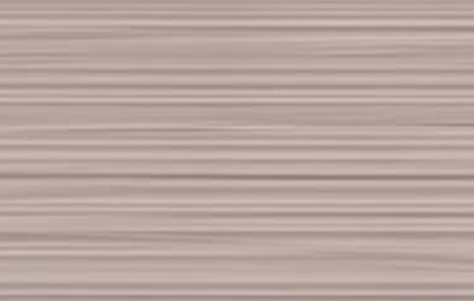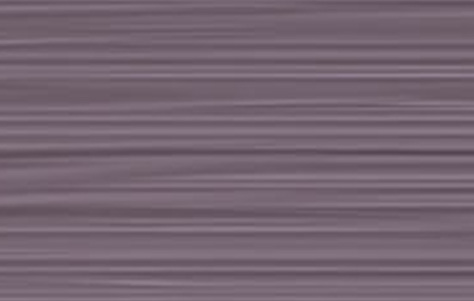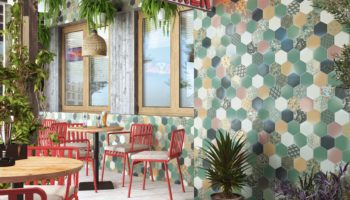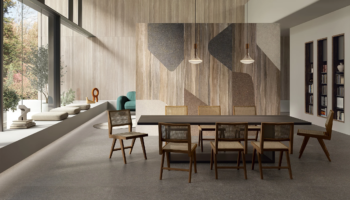Rodolfo Dordoni’s Toile Collection for Mutina
When it comes to textiles I’d say that I just barely hold my own. This deference is owed to what I see as a metaphysical truth—with certain exceptions of course, men just aren’t that into them. Even so, I usually manage to wax rhapsodic about the latest achievements with soft surface; however, without resorting to a glossary, I can’t identify Alencon Lace or Baize; Batik, Boucle, or Bengaline. Even so, when I became aware of Rodolfo Dordoni’s Toile for Mutina, I thought I had the drop on it.
Toile. Designed by Rodolfo Dordoni. Manufactured by Mutina.
Rodolfo Dordoni’s Toile Challenges the Very Notion of Soft Surface
That’s because I was Convinced I’d seen its ilk before—namely as, “a type of decorating pattern consisting of a white or off-white background on which a repeated pattern depicting a fairly complex scene appears.” This is the Toile I know—the pastoral picnic by the lake or children frolicking in the park. But Dordoni turns all that on its head.

His Toile appears to be a softly draping fabric, likely made of linen or silk. Au Contraire, for the very same is in fact made of Homogenous Porcelain Stoneware, “squared and rectified slabs each one exactly the same as the others.”

That’s not quite true, as Dordoni offers these tricks of the eye and the hand in four colors, from ivory white to tawny to silvery grey to black. But the variation in color is the least of it. These monolithic sculptures in porcelain are 10 mm thick with sizes from 20cm x 180cm to 80cm x 180cm.

And they most decidedly are not curtains, though they certainly appear to be some of the world’s very finest. As Dordoni points out, “This is textile, like ancient tapestry, baroque damask, eastern silk—or simply fluid clay.” Dordoni’s Toile takes the latter notion and runs with it, in the process, challenging our perceptions of the nature of material while creating a textural tour de force and a veritable visual feast.
About the Manufacturer: Manufacturer Mutina cites among its prominent influences such divergent personae as van der Rohe, Dieter Rams, Bruno Munari, and Mark Rothko. The great aesthetic scope contained therein should give you some sense of Mutina’s equally great ambitions. Mutina’s ceramics aren’t just coverings for floors or walls, but rather “a tailor-made production that combines technology with hand-crafted details, challenging experimentations that transcend the limits of the materials, and indispensable research for innovation to ensure a high quality product.” Mutina frequently collaborates with iconic designers like Rodolfo Dordoni, Ronan & Erwan Bouroullec, Patricia Urquiola, and Tokujin Yoshioka.




Leave a Reply